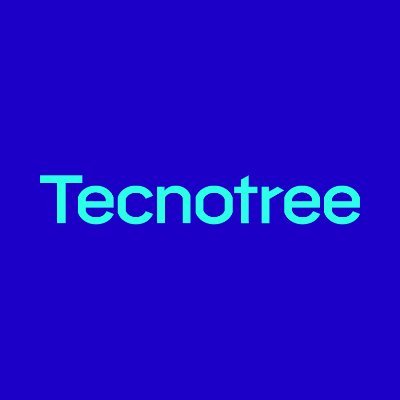



Created an integrated supply chain planning platform for its consumer mobile phones and accessories business. Called OnePlanning, the platform unifies previously fragmented business processes to provide a single source of truth and uses artificial intelligence (AI) and machine learning to enable proactive decisions allowing Verizon to mitigate supply disruption, optimize inventory, and save millions of dollars in capital spending without compromising customer service or partner relationships. Verizon’s OnePlanning program uses AI and machine learning to raise its supply chain system’s accuracy. It incorporates advanced statistical models, predictive analytics and end-to-end automation to calculate inventory targets, optimize inventory and deliver faster, more accurate decision making. TM Forum’s Business Process Framework (eTOM) and Open APIs provided common vernacular, flexibility and extendibility to business process management towards enterprise-wide standards, simplified business processes, and interoperability among partners.
Outcomes
One Planning has improved supply chain data integrity and accuracy
It has improved customer experience by providing just in time delivery to retail locations across the US
The forecast accuracy for mobile phones have improved by a staggering double digits, leading to lower inventory levels and more optimal buying and replenishment at retail stores.
The Jio NMS is fault tolerant by design, so stays operational
99.999%
of the time.

